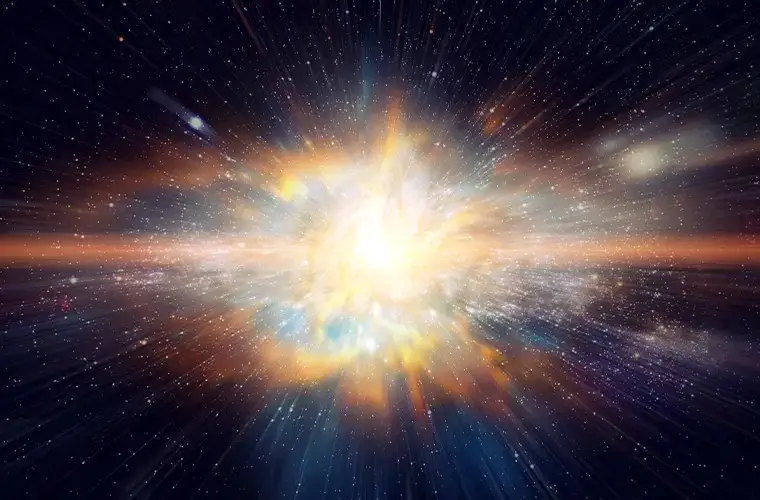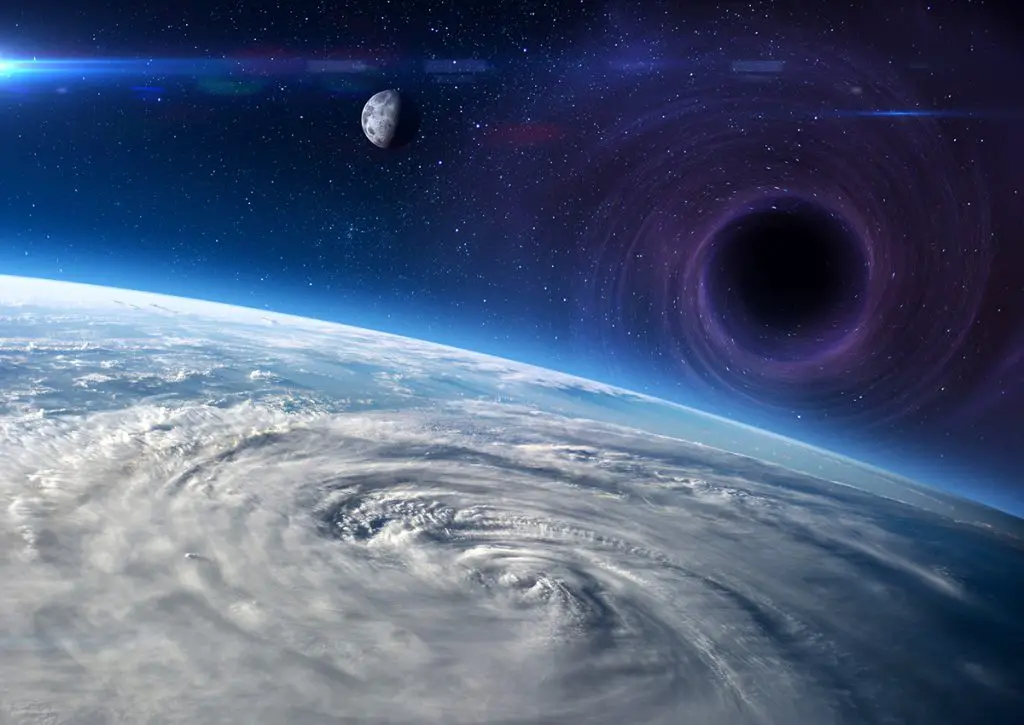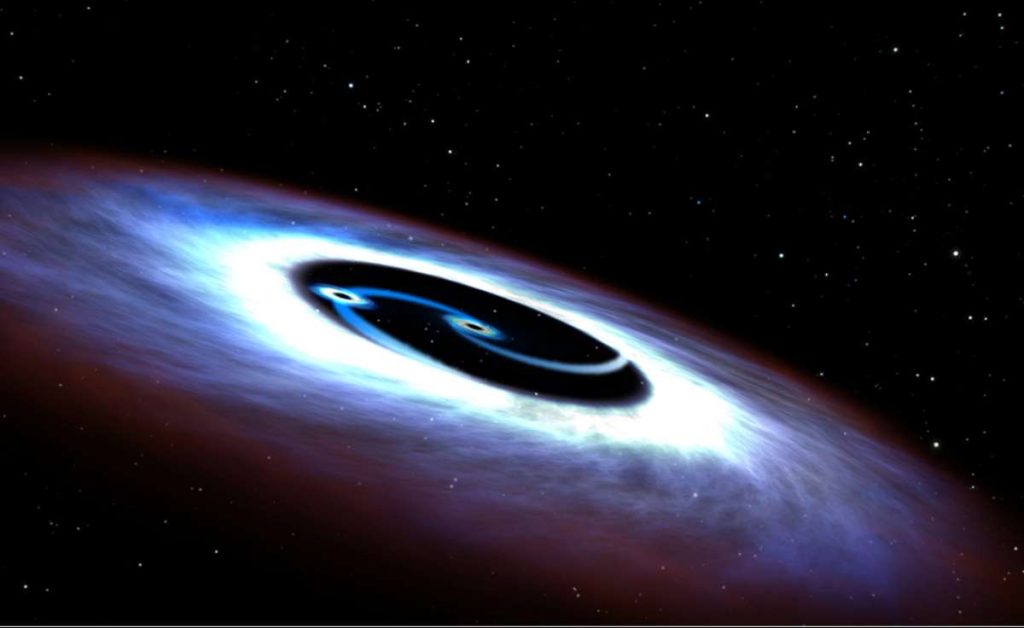The universe may not be expanding—it’s particle masses that could be changing over time.
A new study challenges one of the core beliefs in cosmology: that the universe is expanding. According to University of Geneva professor Lucas Lombriser, the apparent expansion of the universe could be an illusion caused by the changing masses of particles over time. This idea, detailed in Classical and Quantum Gravity, also offers fresh solutions to the mysteries of dark matter and dark energy.
Rethinking Cosmic Expansion
Scientists have long believed that the universe is expanding, supported by redshift—the observation that light from distant galaxies stretches toward the red end of the spectrum as these galaxies move away from Earth. More surprisingly, recent evidence shows that this expansion is accelerating. The rate of this acceleration is described by the cosmological constant, or lambda. However, lambda has been a puzzle for physicists, as its predicted value, based on particle physics, differs from observed values by a staggering 120 orders of magnitude, leading to it being dubbed “the worst prediction in the history of physics.”
Lombriser’s approach doesn’t involve proposing new particles or forces to explain this discrepancy. Instead, he offers a different view of what is already known. By reinterpreting the physical laws governing the universe, he suggests that the universe is actually flat and static—just as Einstein once believed. In this model, the observed effects of expansion are due to changes in the masses of particles, such as protons and electrons, rather than the universe itself expanding.
A New Explanation for Dark Matter and Dark Energy
In Lombriser’s model, these particles come from a field that permeates space-time. The masses of these particles fluctuate over time as this field changes. In this view, the cosmological constant still changes over time, but it’s tied to the evolution of particle masses instead of the expansion of space.
This new interpretation also offers insights into dark matter and dark energy, two of the most mysterious components of the universe. Dark matter is an invisible substance that makes up 85% of the universe’s matter but does not interact with light, making it undetectable by conventional means. Lombriser suggests that the fluctuations in the field could act like an axion field, which is a hypothetical candidate for dark matter.

Additionally, Lombriser’s model eliminates the need for dark energy, the mysterious force believed to be driving the accelerating expansion of the universe. Instead, he proposes that the changing mass of particles over time is responsible for this phenomenon, effectively replacing dark energy in explaining why galaxies are moving farther apart.
Caution and Future Testing
While Lombriser’s theory is intriguing, it has drawn cautious responses from the scientific community. Luz Ángela García, a postdoctoral researcher at the Universidad ECCI in Bogotá, finds the theory innovative and compelling, but she emphasizes that its elements may be difficult to test with current observational tools.
Despite the challenges, Lombriser’s novel interpretation offers a fresh perspective on the universe’s biggest mysteries, providing potential solutions to the long-standing problems of dark matter, dark energy, and the cosmological constant. Whether or not his ideas will hold up under scrutiny, they open the door to new ways of thinking about the cosmos.



